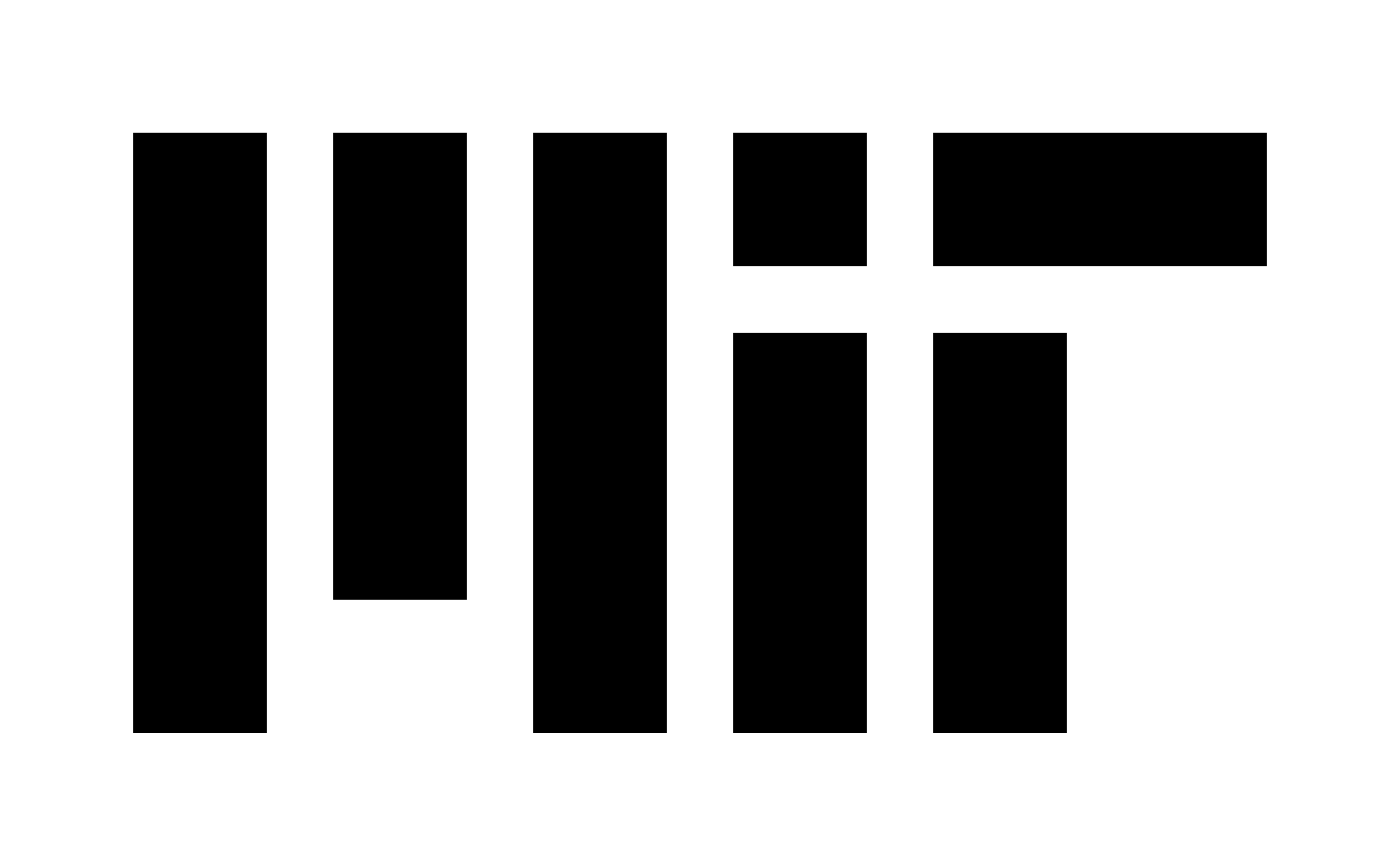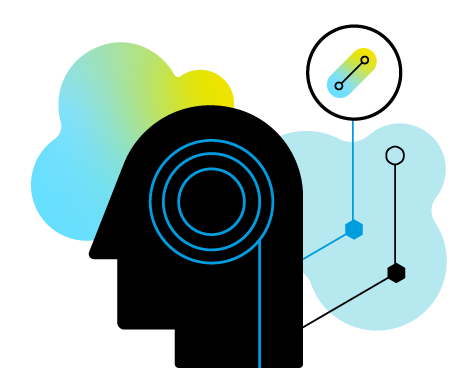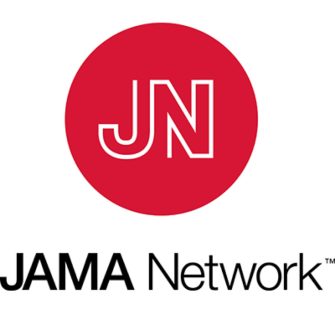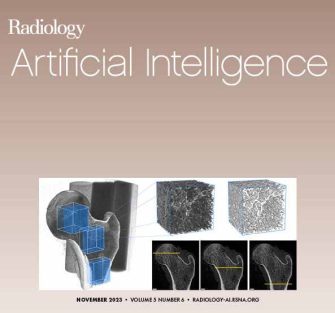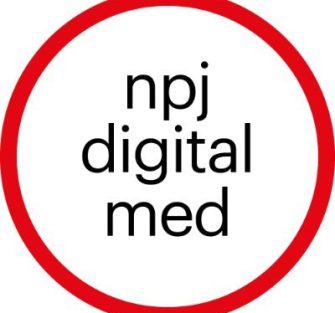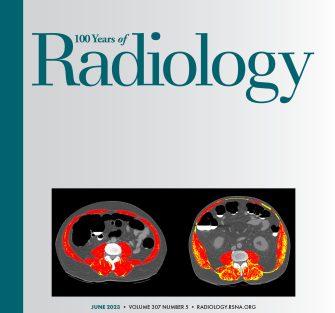
The CancerInSight Initiative
Transforming the future of breast cancer screening with the power of AI
Get Involved
How does MIRAI work?
MIRAI is a state-of-the-art deep learning algorithm developed by a team of researchers at MIT and Mass General Brigham that uses patient’s mammogram to predict their 5-year breast cancer risk by producing a risk score. This risk score helps the physician determine how soon a patient needs to return for their next mammogram to ensure that breast cancer can be detected early and interventions are minimally invasive and less costly.

Does MIRAI really work?
MIRAI’s performance has been validated on over 1.7 million mammograms from diverse populations in hospitals around the world. Unlike Tyrer-Cuzick, a statistical model that is currently used to calculate a patient’s risk, MIRAI maintains performance across diverse populations.
Support the Adoption of a Revolutionary Deep Learning Mammography Model for Breast Cancer Risk Prediction
1 in 8 women will develop breast cancer in her lifetime. However, predicting who will be affected remains a challenge. Until recently, methods for assessing risk, such as breast density, have not reliably stratified patient risk of developing breast cancer. As a result, current screening guidelines adopt a “one size fits all” approach.
In the last 5 years, a new generation of AI-based risk models has been developed. These methods analyze existing mammograms and accurately predict a patient’s risk of developing breast cancer in the next 5 years. MIRAI, an AI model developed by MIT and Mass General Brigham researchers, has been tested in large, diverse populations both in the United States and around the world. It has consistently demonstrated superior performance compared to all existing risk stratification methods. In contrast to traditional models, MIRAI’s performance is equitable across race, age, and breast densities.
Unfortunately, today, AI-based screening models are not yet used in clinical practice. This delay is partially due to the slow change in clinical guidelines and insurance policies. To address this, we have launched the #CancerInSight initiative aimed at accelerating the adoption of AI-driven risk stratification to benefit patients. Achieving this goal will require updates to clinical guidelines and support from insurance companies.
Get Involved
How can you help? We plan to engage with committees that create clinical guidelines and policymakers to bring innovative technology like MIRAI to patient care. We need your participation to make our demands heard. By adding your name to our list, we will keep you informed via email and share petitions that you can choose to sign. Your email will not be shared with others and will only be used for this purpose.
The latest news about MIRAI
MIRAI is making headlines. Read the news about how MIRAI could be a gamechanger for breast cancer screening.
NEWS

